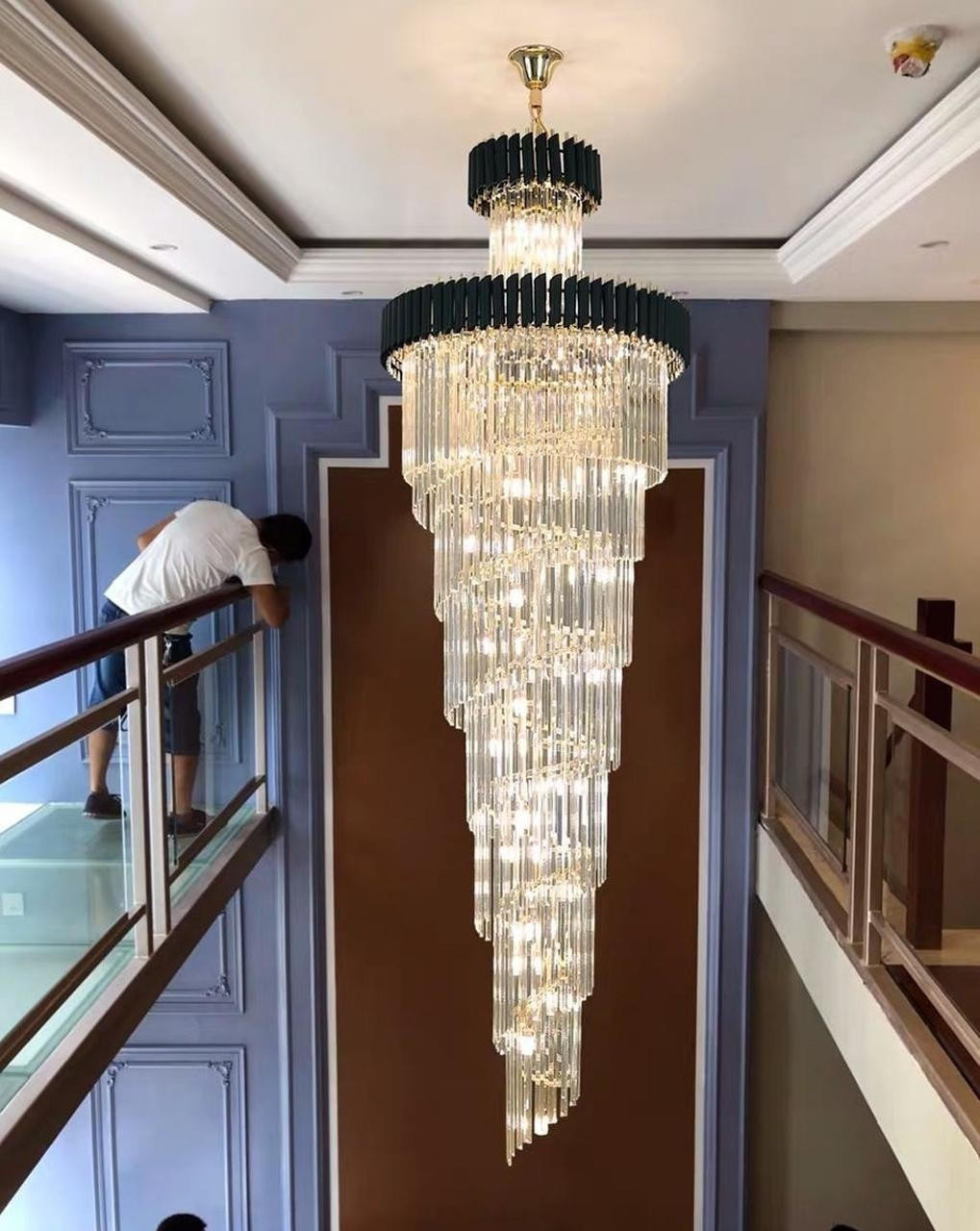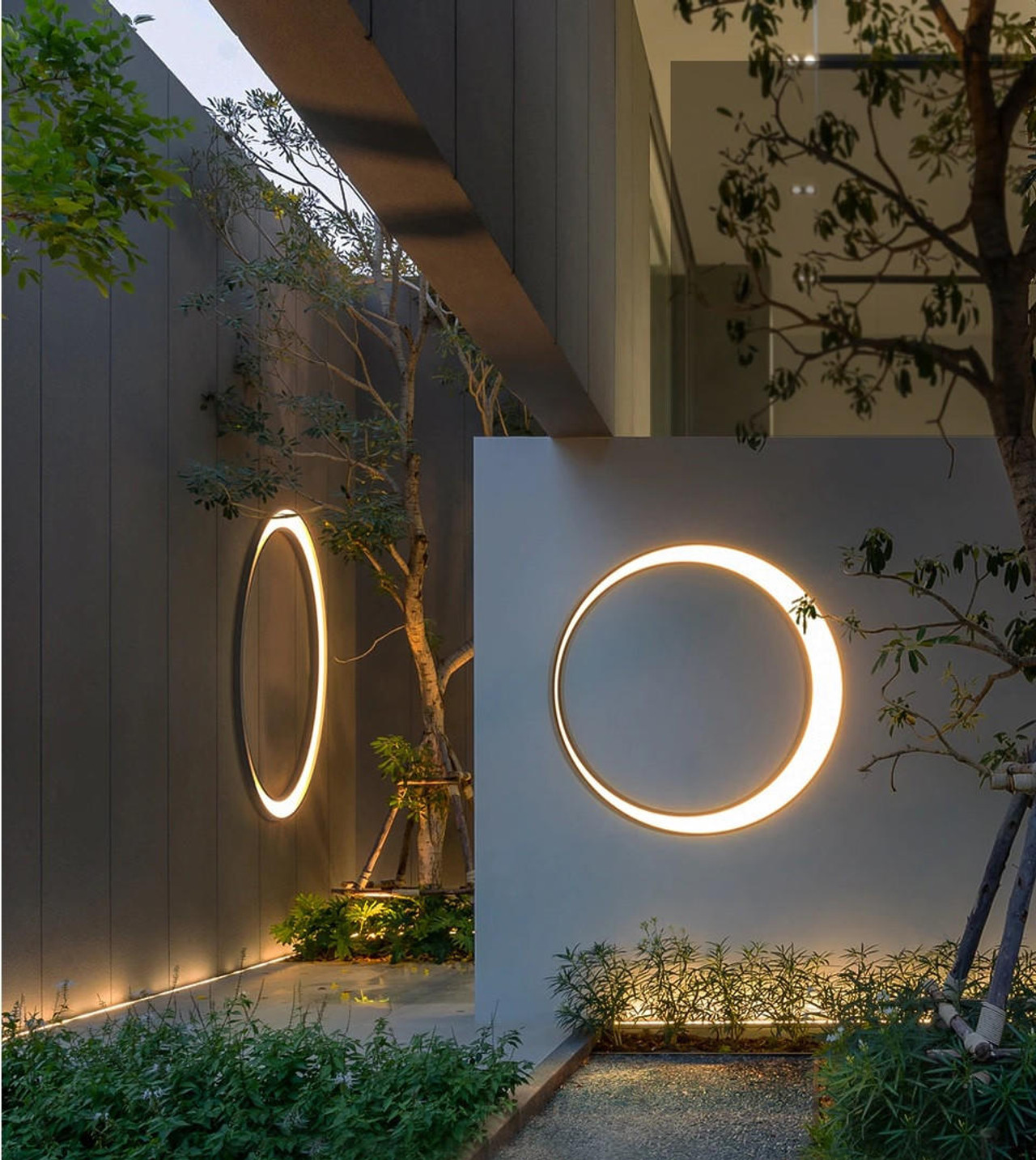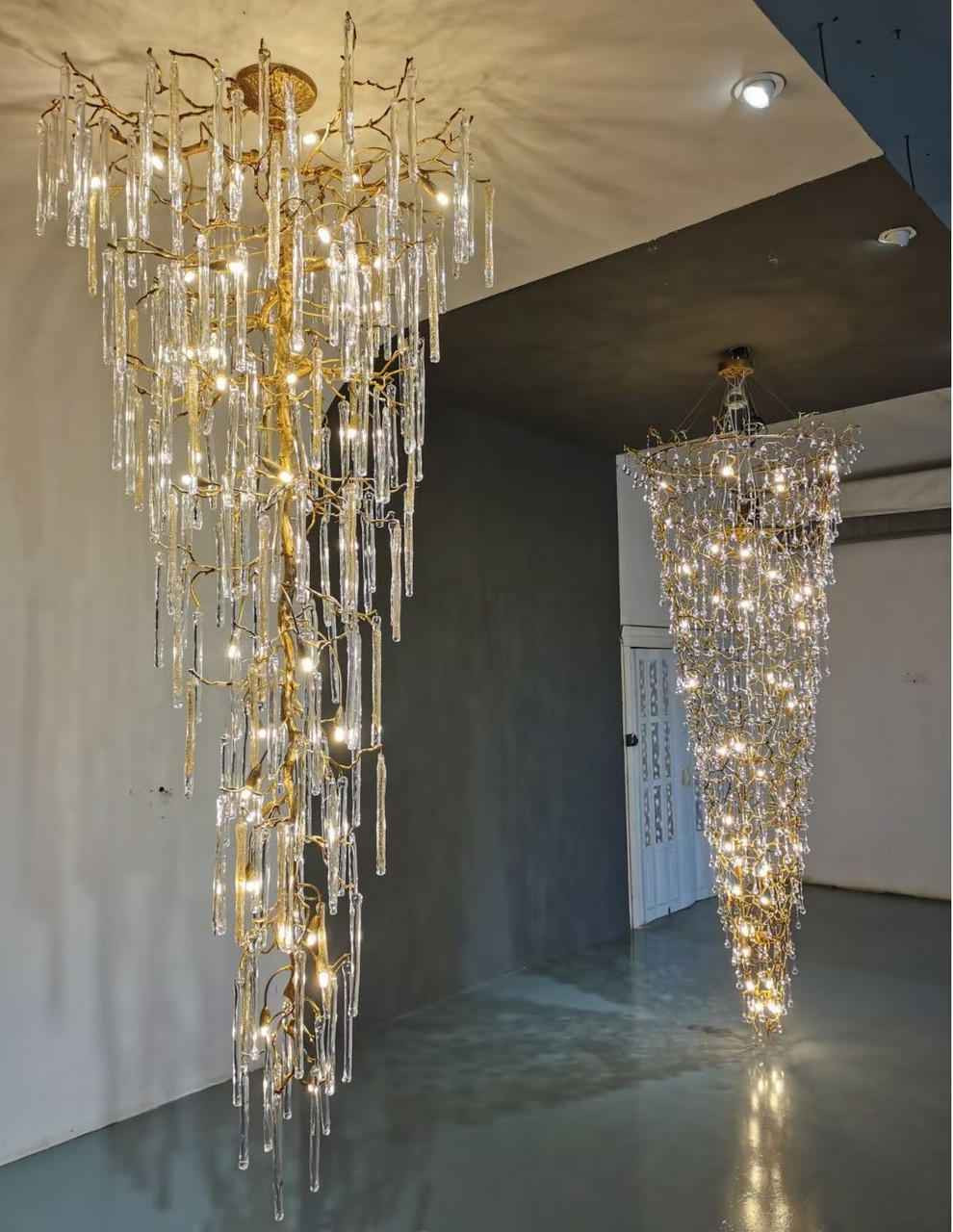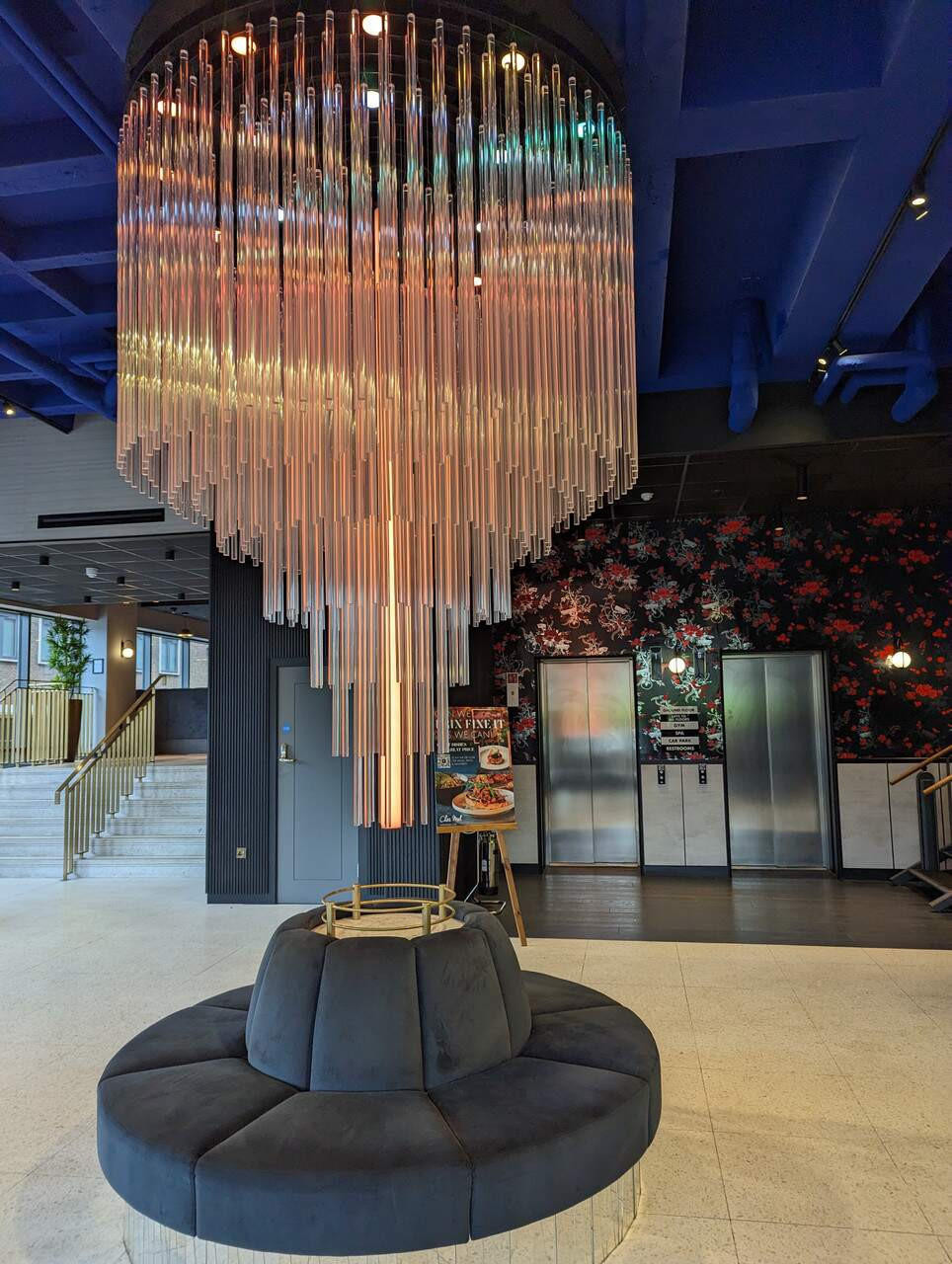Engineering the Future: How Today's Innovations Are Making Floating Cities a Reality
Aug 21, 2024
Engineering the Future: How Today's Innovations Are Making Floating Cities a Reality
1. Introduction
As the world faces the escalating impacts of climate change, urban planners, architects, and engineers are increasingly looking for innovative solutions to address the pressing challenges of rising sea levels, land scarcity, and rapid urbanization. Cities situated on coastlines, home to millions of people, are particularly vulnerable to these threats. The question arises: how can we continue to thrive in such a precarious environment? One of the most compelling and futuristic answers to this question is the concept of floating cities.
Floating cities, once the stuff of science fiction, are quickly becoming a tangible reality. These aquatic urban centers, designed to float on water rather than being anchored to the seabed, offer a revolutionary approach to sustainable living in the face of environmental changes. As the demand for innovative urban solutions grows, the idea of building entire cities on water is gaining traction among forward-thinking architects and engineers.
In this article, we will explore the cutting-edge innovations and technologies that are making floating cities a feasible reality. From the structural foundations that ensure stability on water to the sustainable practices that minimize environmental impact, we will delve into the engineering marvels that are paving the way for the cities of tomorrow.
2. The Need for Floating Cities
Environmental Challenges
The world is grappling with unprecedented environmental challenges, chief among them being climate change and rising sea levels. According to the Intergovernmental Panel on Climate Change (IPCC), sea levels could rise by as much as one meter by the end of this century, putting millions of coastal residents at risk of flooding and displacement. Traditional methods of coastal protection, such as sea walls and levees, may not be sufficient to safeguard these populations. Floating cities present a proactive alternative, offering a resilient solution that adapts to the changing environment rather than resisting it.
In addition to rising sea levels, land scarcity is becoming a critical issue. As the global population continues to grow, the demand for urban space is increasing, leading to the expansion of cities into areas that are less suited for traditional development. In many parts of the world, this has led to the destruction of natural habitats and the degradation of ecosystems. Floating cities, however, can be designed to coexist with natural environments, reducing the need for land-based expansion and preserving vital ecosystems.
Urbanization Pressures
Urbanization is another major factor driving the need for alternative living spaces. The United Nations predicts that by 2050, nearly 70% of the world’s population will live in urban areas. This rapid urbanization puts immense pressure on existing infrastructure, leading to overcrowding, traffic congestion, and strained resources. The need for innovative solutions to accommodate this growing urban population is more urgent than ever.
Floating cities offer a novel way to expand urban areas without contributing to land-based sprawl. By building upwards and outwards on water, these cities can provide the space needed for new housing, businesses, and public amenities. Moreover, floating cities can be designed with sustainability in mind, incorporating renewable energy, efficient water management, and green spaces to create healthier living environments.
Vision for the Future
Floating cities represent a visionary approach to urban development that addresses the dual challenges of climate change and urbanization. By harnessing the latest advancements in engineering and technology, these cities offer a sustainable, adaptable, and resilient solution for the future. As we move forward, the development of floating cities will be crucial in meeting the needs of a growing global population while preserving the natural environment.
3. Structural Innovations
Floating Foundations
At the heart of any floating city is its foundation—a structure that ensures the city remains stable and secure on water. Unlike traditional land-based foundations, which are anchored to solid ground, floating city foundations are designed to float on the water’s surface, adapting to changes in sea level and wave patterns. One of the most common techniques used in floating city design is the pontoon structure, which consists of large, flat platforms that float on the water and provide a stable base for buildings.
These floating platforms are typically made from buoyant materials such as concrete filled with air pockets, which ensure that the platform remains afloat while supporting the weight of the buildings above. The use of pontoons allows for flexibility in design, enabling the construction of modular cities that can be expanded or reconfigured as needed. This adaptability is a key advantage of floating cities, as it allows them to grow and evolve over time without being constrained by the limitations of land-based development.
Materials Science
The materials used in the construction of floating cities are crucial to their success. Engineers and architects are turning to advanced materials that are lightweight, durable, and resistant to corrosion. One such material is fiber-reinforced polymer (FRP), a composite material made from a polymer matrix reinforced with fibers such as glass or carbon. FRP is highly resistant to the harsh marine environment, making it an ideal choice for floating city construction.
In addition to being durable, FRP is also lightweight, which reduces the overall weight of the structure and helps to improve buoyancy. This is particularly important for floating cities, where maintaining a stable and balanced structure is essential. Other materials being explored include advanced concrete mixtures that incorporate lightweight aggregates and corrosion-resistant coatings to enhance longevity and performance.
Modular Design
Modular design is another key innovation in the development of floating cities. This approach involves constructing individual modules, or units, that can be assembled and connected to form larger structures. Modular design offers several benefits for floating cities, including scalability, flexibility, and ease of construction.
One of the primary advantages of modular design is its scalability. Floating cities can start small, with just a few modules, and gradually expand as needed by adding more units. This allows for a phased approach to development, reducing the initial investment required and allowing cities to grow organically. Additionally, modular design enables cities to be easily reconfigured or relocated, making them highly adaptable to changing environmental conditions or population needs.
The flexibility of modular design also extends to the types of structures that can be built. From residential buildings and offices to parks and recreational areas, virtually any type of urban space can be created using modular units. This versatility is essential for creating vibrant, livable communities on the water.
4. Environmental Sustainability
Renewable Energy Solutions
One of the most significant challenges in developing floating cities is ensuring they are self-sufficient and sustainable. Renewable energy plays a critical role in achieving this goal. Floating cities can harness a variety of renewable energy sources, including solar, wind, and tidal power, to meet their energy needs.
Solar power is perhaps the most straightforward renewable energy source for floating cities. With expansive rooftops and open water surfaces, floating cities can be equipped with large arrays of solar panels to capture sunlight and generate electricity. Advances in solar technology, such as floating solar farms, are making it increasingly feasible to generate significant amounts of energy on water.
Wind power is another viable option for floating cities, particularly in coastal areas with consistent wind patterns. Offshore wind turbines can be installed near floating cities to provide a steady supply of clean energy. These turbines can be integrated into the city’s design, minimizing their visual impact while maximizing energy production.
Tidal power, which harnesses the energy of moving water, is a promising but less commonly used renewable energy source. Floating cities can take advantage of their aquatic environment by installing underwater turbines that capture the energy of ocean currents and tides. This form of energy generation is highly predictable and reliable, making it an attractive option for powering floating cities.
Water Management
Effective water management is essential for the sustainability of floating cities. These cities must be able to provide clean drinking water, manage wastewater, and protect against flooding. Innovations in water purification and waste management are making it possible for floating cities to achieve these goals.
One promising technology is the use of advanced water purification systems that can convert seawater into potable water. Desalination plants, which remove salt and impurities from seawater, are already in use in many parts of the world. For floating cities, these plants can be integrated into the city’s infrastructure, ensuring a steady supply of fresh water.
Wastewater management is another critical component of water management in floating cities. Innovative systems that treat and recycle wastewater on-site are being developed to minimize environmental impact. These systems use biological processes to break down organic matter, producing clean water that can be reused for irrigation, landscaping, or even drinking.
Flood protection is also a key concern for floating cities. While floating cities are inherently more resilient to flooding than traditional cities, they still need to be designed with flood management in mind. Techniques such as floating breakwaters and adaptable infrastructure can help protect floating cities from storm surges and extreme weather events.
Eco-friendly Construction
Sustainability is a guiding principle in the construction of floating cities. Eco-friendly construction practices and materials are essential to minimizing the environmental impact of these cities. One approach is the use of green building materials, such as recycled steel, sustainably sourced wood, and low-impact concrete.
Green roofs and walls, which are covered with vegetation, are another eco-friendly feature that can be incorporated into floating city design. These green spaces help to improve air quality, reduce energy consumption, and provide habitats for local wildlife. Additionally, green roofs can capture rainwater, reducing the need for additional water resources.
The use of prefabricated building components is also gaining popularity in floating city construction. Prefabrication reduces waste and energy consumption by allowing buildings to be constructed off-site in a controlled environment. This approach also speeds up the construction process, reducing the time and resources required to build a floating city.
5. Case Studies
Real-World Examples
Several real-world projects are already demonstrating the feasibility of floating cities. One notable example is The Oceanix City project, a collaborative effort between the United Nations, MIT, and the design firm Oceanix. This project envisions a modular, self-sustaining city that floats on the ocean’s surface, powered entirely by renewable energy. The design includes green spaces, public amenities, and housing for up to 10,000 residents.
Another example is the Floating City in the Maldives, a project that aims to create a floating community that adapts to rising sea levels. The Maldives, an island nation particularly vulnerable to climate change, is exploring floating cities as a way to protect its citizens and preserve its unique culture. The Floating City in the Maldives will feature residential units, hotels, shops, and public spaces, all connected by a network of floating walkways.
Lessons Learned
These projects offer valuable lessons for future floating city developments. One key takeaway is the importance of collaboration between governments, private companies, and research institutions. Successful floating city projects require a multidisciplinary approach that brings together expertise in engineering, architecture, environmental science, and urban planning.
Another lesson is the need for adaptability. Floating cities must be designed to evolve and respond to changing environmental conditions, such as rising sea levels or shifting weather patterns. This requires a flexible design approach that allows for modifications and expansions over time.
Finally, these projects highlight the importance of sustainability. Floating cities must be built with the environment in mind, using eco-friendly materials, renewable energy sources, and efficient water management systems. By prioritizing sustainability, floating cities can minimize their environmental impact while providing a high quality of life for their residents.
6. Challenges and Future Prospects
Technical and Engineering Challenges
While the concept of floating cities is promising, there are still significant technical and engineering challenges to overcome. One of the biggest challenges is ensuring the stability and safety of these cities, particularly in rough seas or extreme weather conditions. Engineers must design structures that can withstand these challenges without compromising the safety and comfort of residents.
Another challenge is the scale of implementation. Building an entire city on water requires extensive resources, from materials and labor to funding and political support. Large-scale floating city projects must be carefully planned and managed to ensure they are financially viable and socially accepted.
Social and Economic Considerations
Social acceptance is another critical factor in the success of floating cities. While the idea of living on water may appeal to some, others may be hesitant to embrace this new way of life. Public education and engagement are essential to address concerns and build support for floating city projects.
Economic models for floating cities are also an area of ongoing research. These cities must be financially sustainable, generating enough revenue to cover their construction, maintenance, and operation costs. This could involve a mix of private investment, public funding, and innovative economic strategies, such as floating city bonds or public-private partnerships.
Future Outlook
Looking ahead, the future of floating cities appears bright. As technology continues to advance, the feasibility of large-scale floating city projects will increase. These cities have the potential to become a vital part of our urban landscape, offering a sustainable solution to the challenges of climate change and urbanization.
In the coming decades, we may see floating cities integrated into existing urban areas, serving as extensions of traditional cities or as entirely new communities. These cities could play a crucial role in addressing the growing demand for urban space while protecting coastal populations from the impacts of climate change.
7. Conclusion
In summary, floating cities represent a bold and innovative approach to urban development that addresses some of the most pressing challenges of our time. Through advancements in structural engineering, materials science, and environmental sustainability, these cities are no longer a distant dream but a viable solution for the future.
As we look to the future, it is clear that floating cities will play an essential role in creating resilient, sustainable, and adaptable urban environments. By embracing these innovations, we can engineer a future where cities not only survive but thrive in harmony with the natural world.
Floating cities offer a glimpse of what is possible when human ingenuity meets the challenges of the modern world. They are a testament to our ability to adapt, innovate, and create a better future for generations to come.






